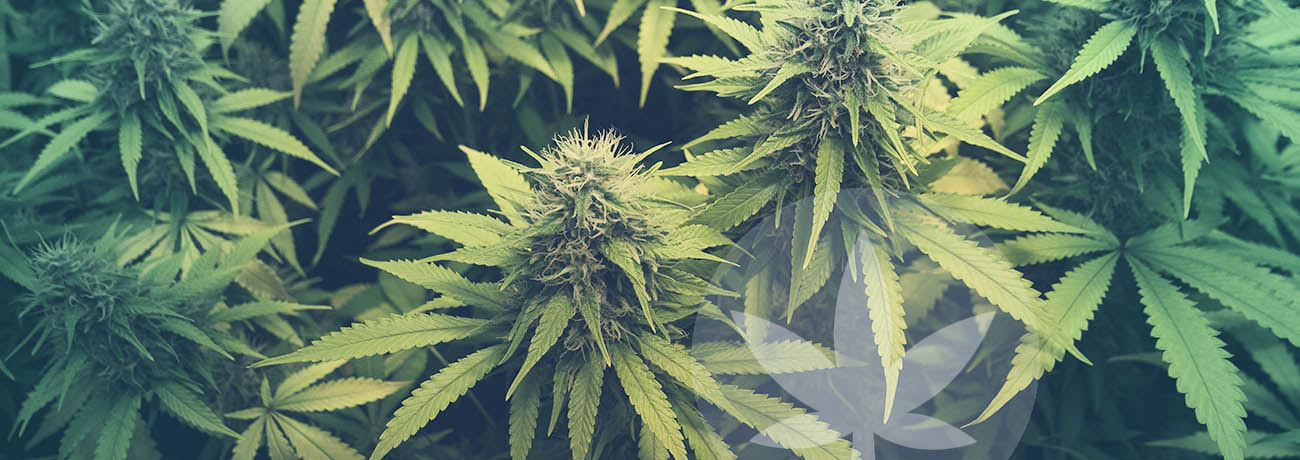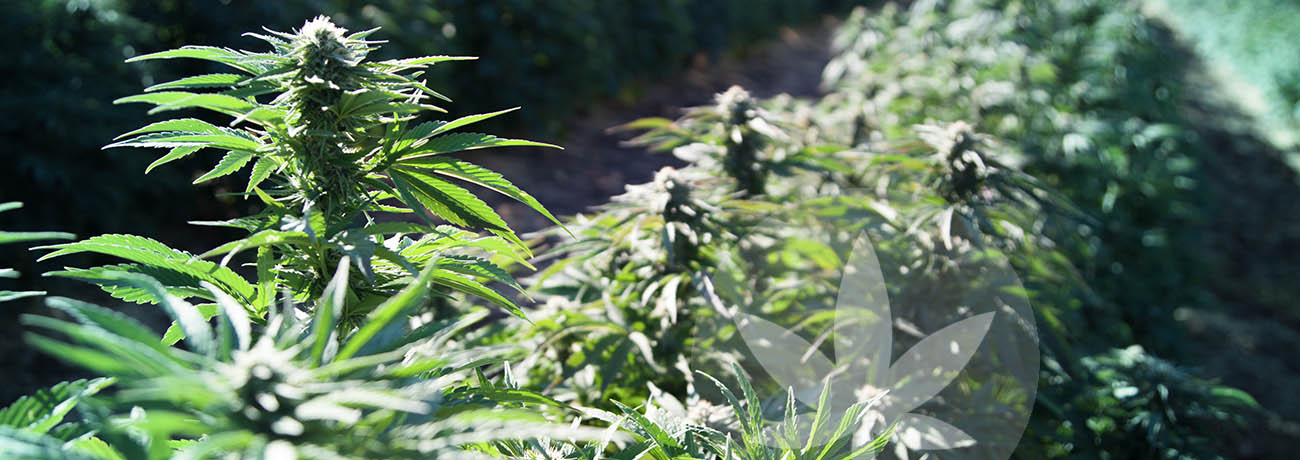What Is The ”V“ Family Of Cannabinoids?
Last updated:
Published:
Delving deeper into cannabinoids
Home to over one hundred different cannabinoids, cannabis is brimming with a diverse mix of chemical compounds. To create these compounds, the plant goes through numerous chemical reactions. The cannabinoids created by these reactions differ depending on the type of cannabis species, the stage in its life cycle, its exposure to heat, or the presence of enzymes.

One such group of cannabinoids, all featuring the letter ”V“, is the result of a specific chemical change that takes place in the earliest stages of a cannabis plant’s development. In the case of CBCV, THCV, and CBDV, although parts of their chemical structure are very similar to other cannabinoids, they have some attractive qualities.
Introducing the ”V“ cannabinoid family
Lets us explore that unique chemical reaction we referred to earlier. In the earliest stages of a cannabis plant’s life, a chemical compound called geranyl pyrophosphate has the choice of combining with two different types of acid found inside a cannabis plant. If it binds with olivetolic acid, you end up with CBGA, while combining with divarinic acid creates CBGVA. Both are intermediate cannabinoids, but CBGVA is our first member of the ”V“ cannabinoid family.
It can be all too easy to get overwhelmed with all the different families, or groups of cannabinoids. One of the simplest ways to visualise the synthesis of cannabinoids is to imagine CBGA and CBGVA as types of dough. While CBGA dough might be used to make spaghetti, CBGVA is better for rigatoni. Many of the original base ingredients are the same, but depending on the way the dough is made, the cooking process, and how it is then moulded, the outcome varies.

A similar concept applies to the entire cannabinoid family tree. As it splits off into numerous paths and branches (depending on the reaction or manipulation taking place), you end up with dozens of potential outcomes. If you followed the ”V“ cannabinoid pathways as a plant grows, and applied heat to the raw cannabinoids, you would end up at the previously mentioned CBCV, THCV, and CBDV.
Where can you find the ”V“ family of cannabinoids, and what do they do?
Most ”V“ family cannabinoids are difficult to isolate. They are the shy, retiring side of the cannabinoid family. That is unless you can find a landrace cannabis plant. These are genetically ”pure“ strains that have not been altered by decades of selective breeding and manipulation from growers. Instead, landrace strains have been allowed to grow naturally, resulting in higher ratios of ”V“ cannabinoids like CBDV.

As for their capabilities, well, ”V“ cannabinoid family research is still in its very early stages. However, what we do know is they are non-psychoactive and interact with different receptors to cannabinoids like CBD. THCV is non-psychoactive and has shown the ability to suppress appetite, while CBDV has shown potential as a treatment for epilepsy and other convulsive conditions. For the time being, we need to trust in the research taking place to uncover the true potential of the ”V“ cannabinoids.








